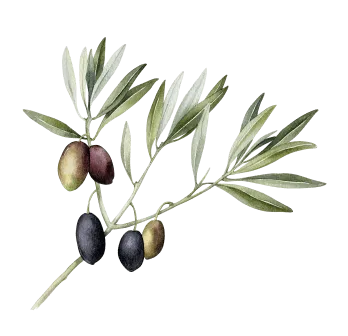History
Sha’ar HaZeitim
The religious ceremony marking the start of a new month was held on the Mount of Olives in the days of the Second Temple. Roman soldiers from the 10th Legion camped on the mount during the Siege of Jerusalem in the year 70 AD.
After the destruction of the Second Temple, Jews celebrated the festival of Sukkot on the Mount of Olives. They made pilgrimages to the Mount of Olives because it was 80 meters higher than the Temple Mount and offered a panoramic view of the Temple site. It became a traditional place for lamenting the Temple's destruction, especially on Tisha B'Av.

In 1481, an Italian Jewish pilgrim, Meshullam of Volterra, wrote: "And all the community of Jews, every year, goes up to Mount Zion on the day of Tisha B'Av to fast and mourn, and from there they move down along Yoshafat Valley and up to Mount of Olives. From there they see the whole Temple (the Temple Mount) and there they weep and lament the destruction of this House."

The armistice agreement signed by Israel and Jordan following the 1948 Arab–Israeli War called for the establishment of a Special Committee to negotiate developments including "free access to the holy sites and cultural institutions and use of the cemetery on the Mount of Olives". However, during the 19 years the Jordanian annexation of the West Bank lasted, the committee was not formed.
Non-Israeli Christian pilgrims were allowed to visit the mount, but Jews of all countries and most non-Jewish Israeli citizens were barred from entering Jordan and therefore were unable to travel to the area.

By the end of 1949, and throughout the Jordanian rule of the site, some Arab residents uprooted tombstones and plowed the land in the cemeteries, and an estimated 38,000 tombstones were damaged in total. During this period, a road was paved through the cemetery, in the process destroying graves including those of famous persons.

In 1964, the Intercontinental Hotel was built at the summit of the mount. Graves were also demolished for parking lots and a filling station and were used in latrines at a Jordanian Army barracks. The United Nations did not condemn the Jordanian government for these actions.

.svg)

.webp)
.svg)

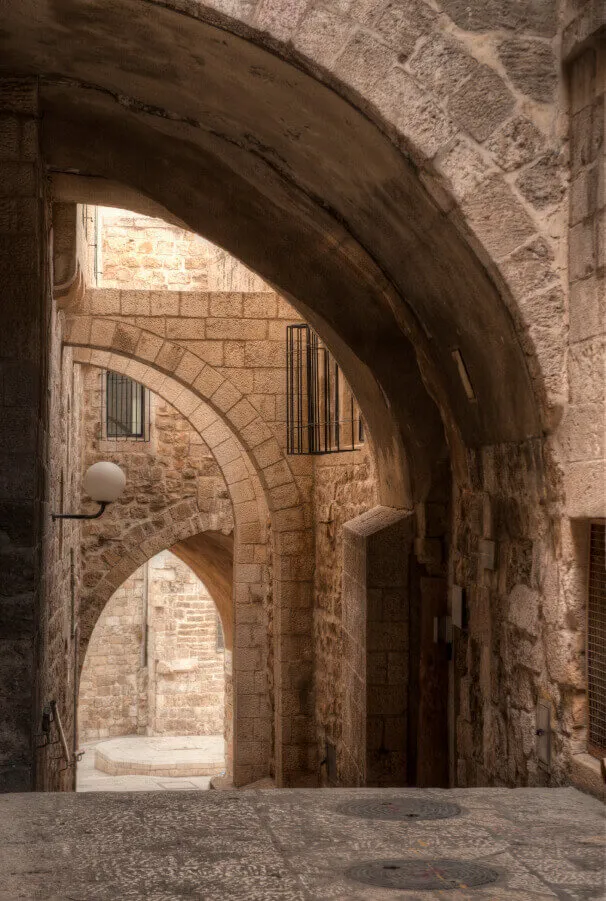
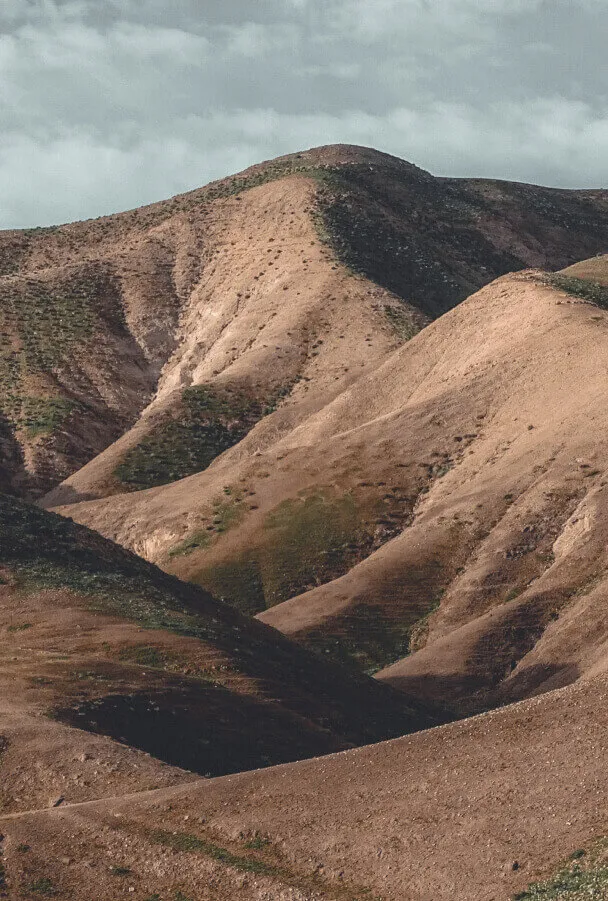
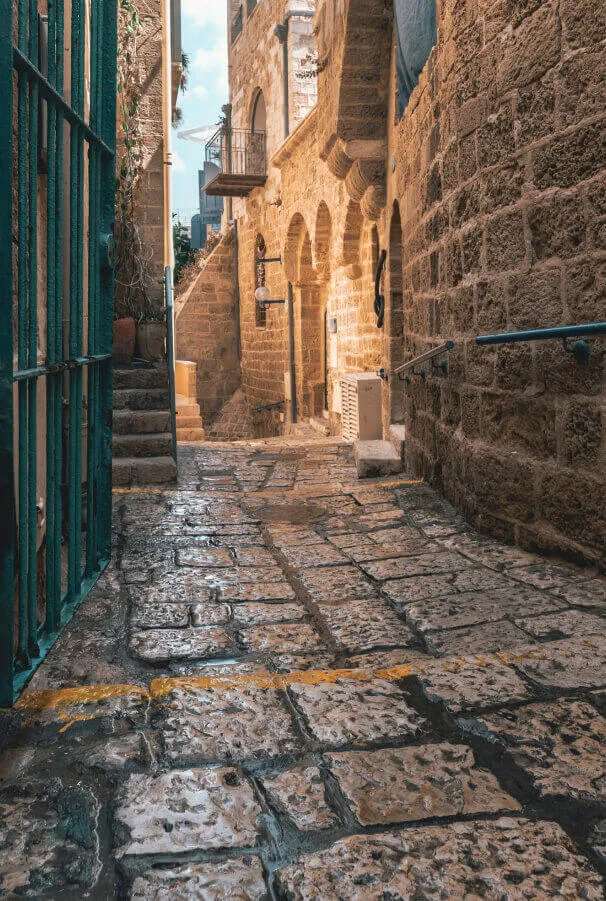
%20(1).webp)


.webp)
.webp)
%20(1).jpg)
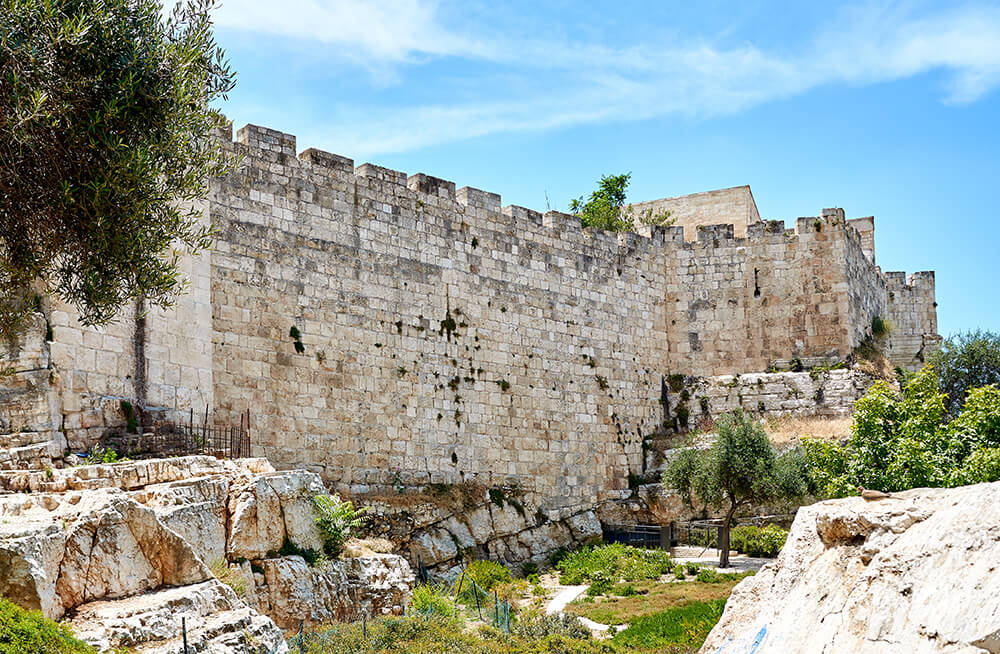

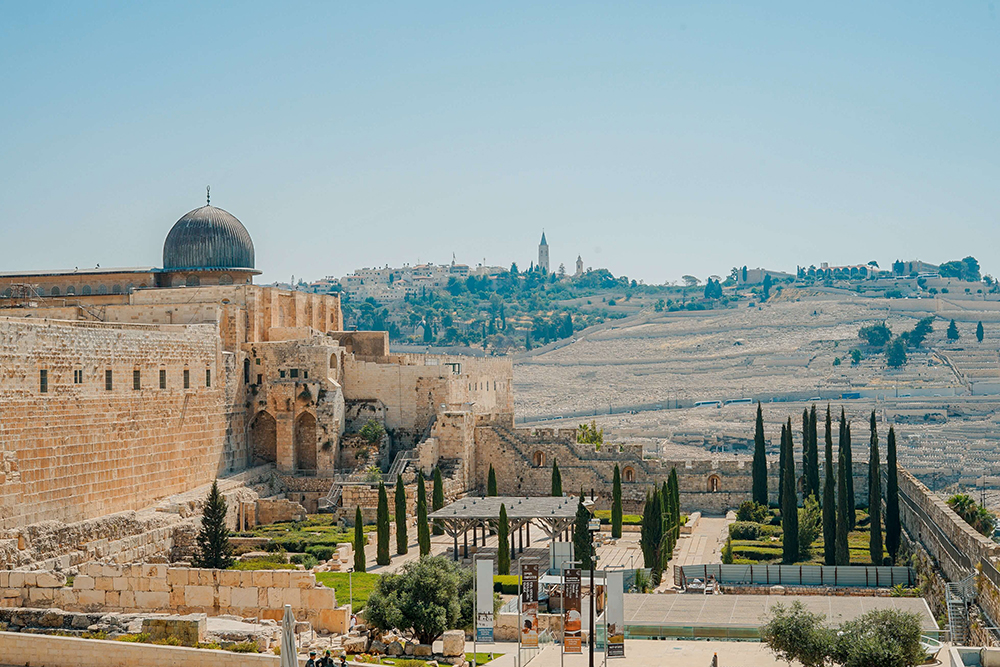


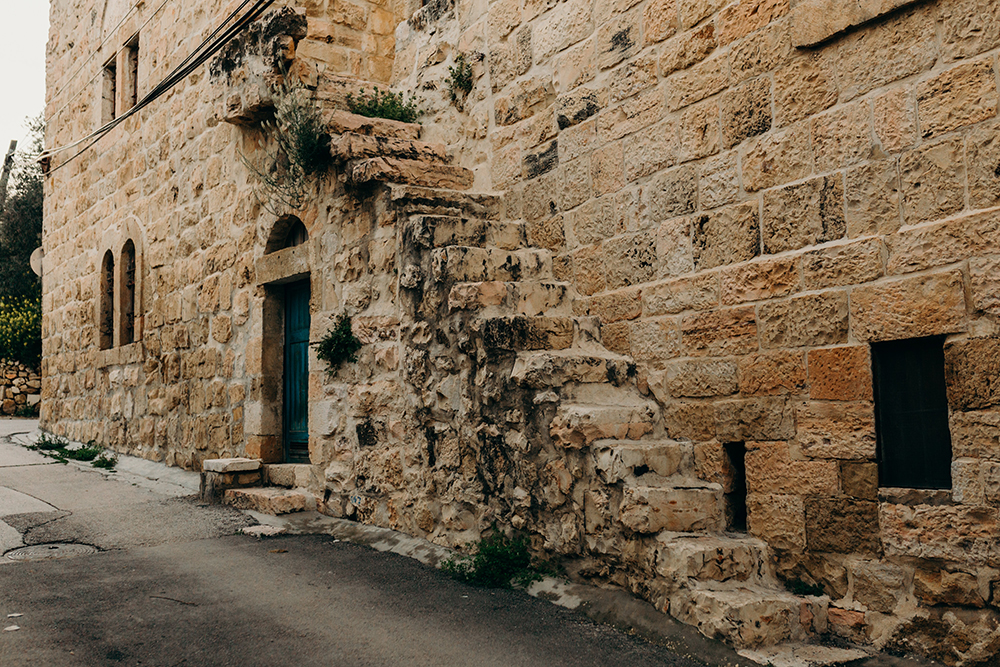
.jpg)
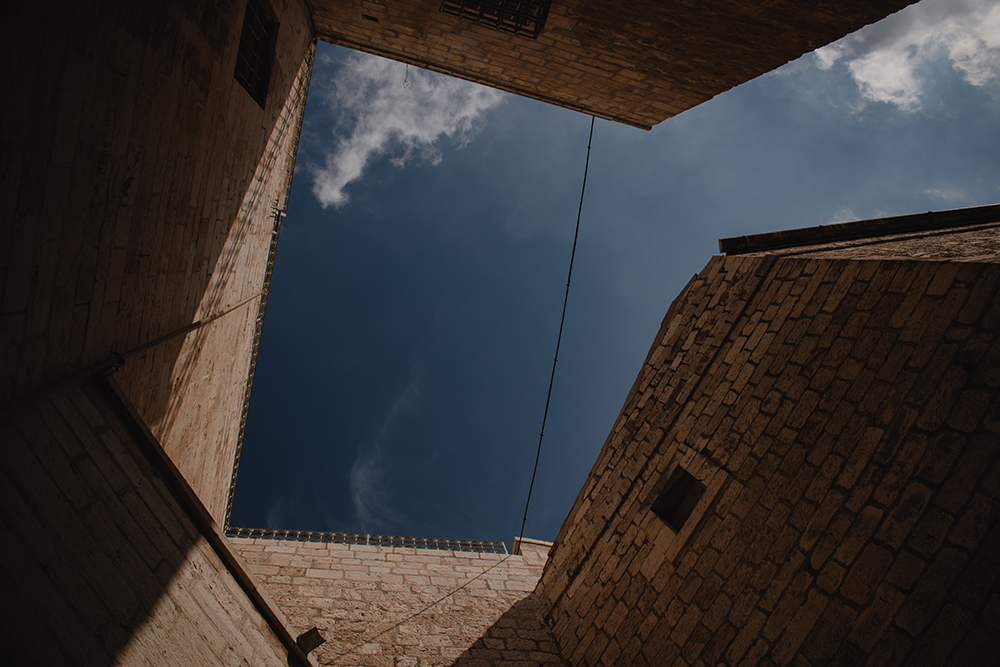
.jpg)


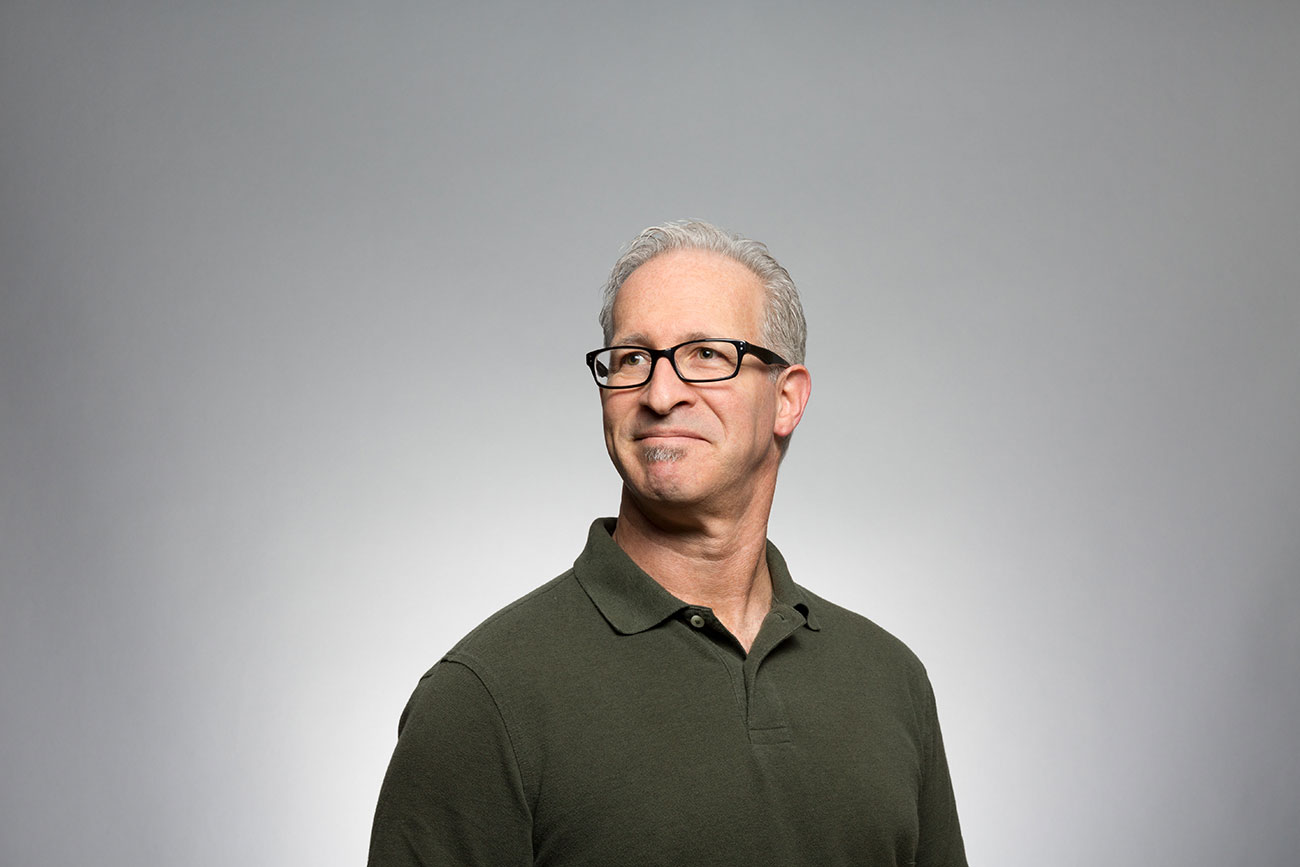





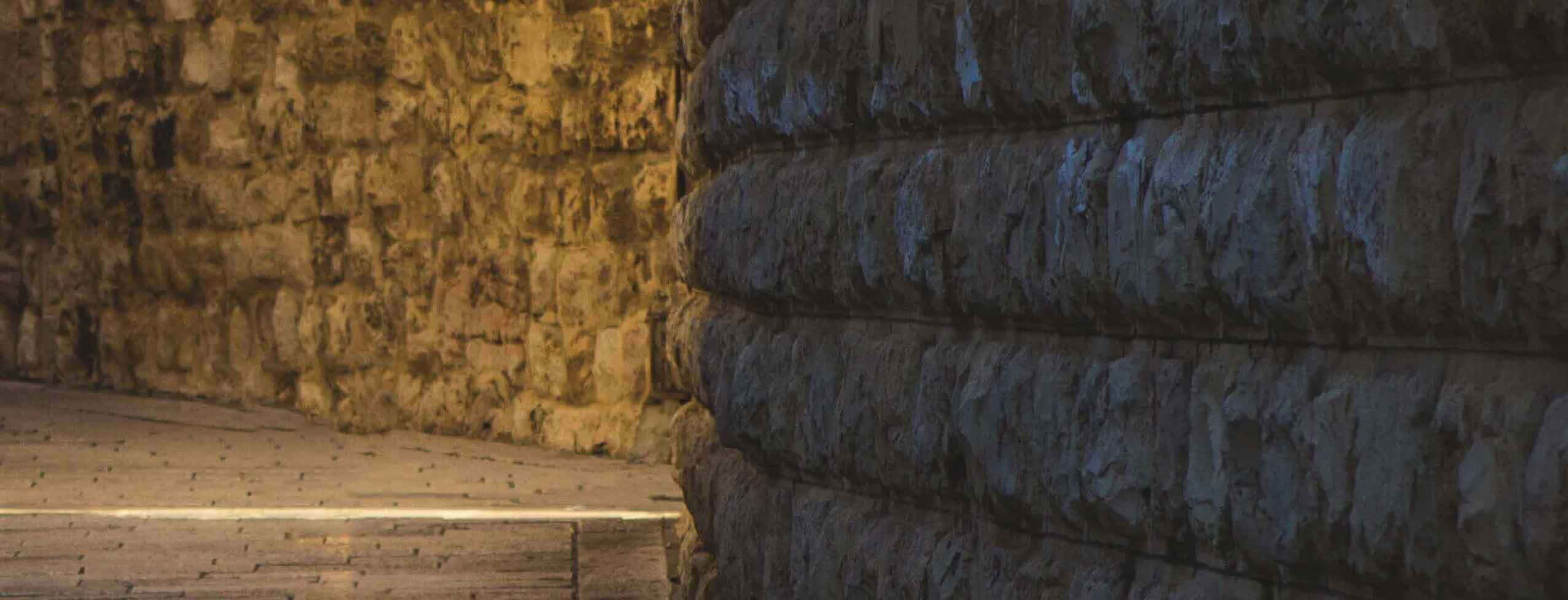
.webp)
.webp)
.webp)
